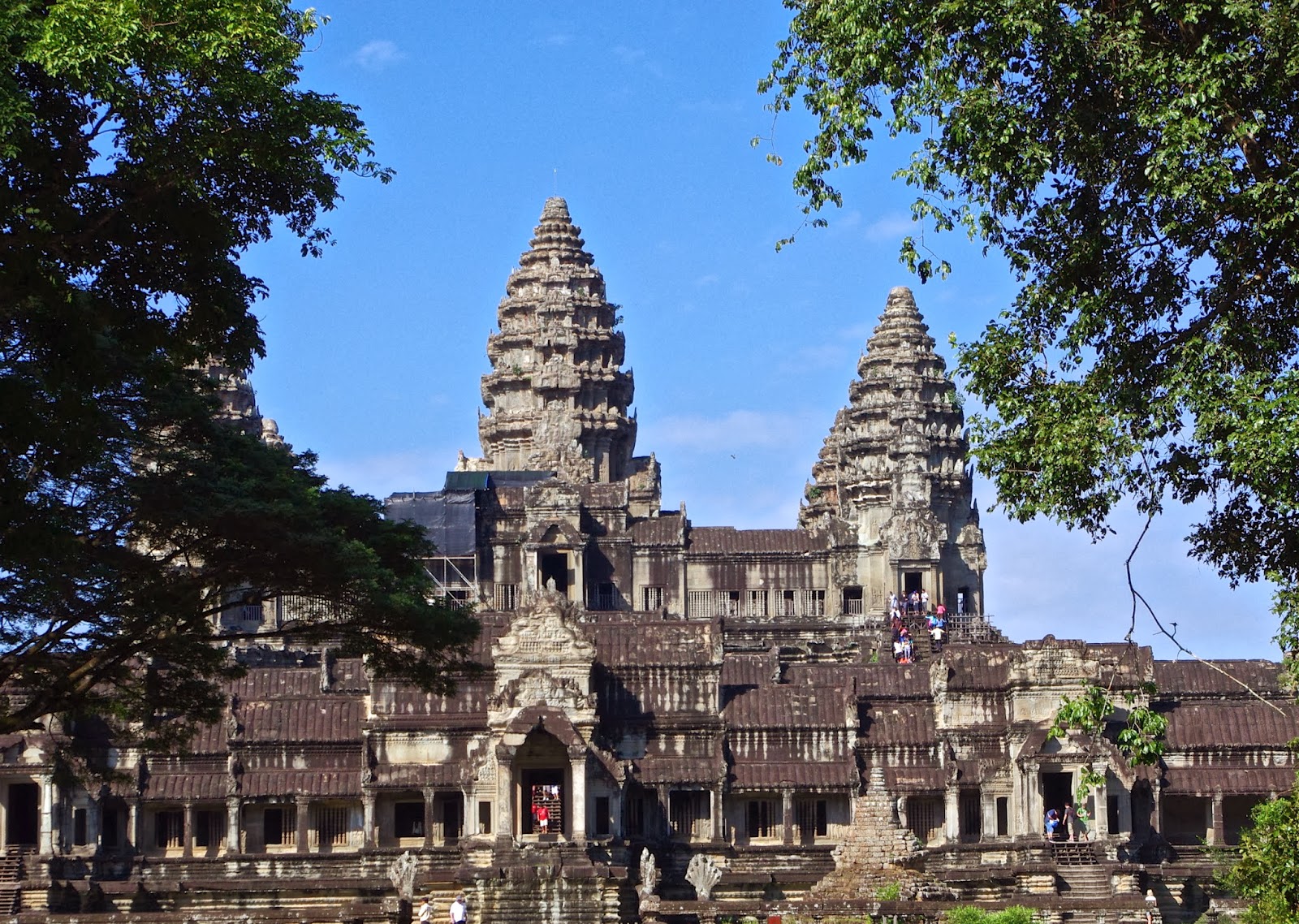 |
| Boxing Day pre-breakfast bash on the summit |
I had taken a flask of gluhwein, and this was drunk more out of politeness than any desire or need to warm up; it was another of those feverishly warm, wet days that have smothered us in December. Despite managing my best year of running since 1993, with 1300 miles clocked so far, I was slower than I hoped up the direct steep path; it may have been the flask of gluhwein, but then I am the old-timer in the group. The women are still in their late thirties, and the men are mainly in their fifties. We took the longer scenic route down the zig-zags, which loosened me up for breakfast.
On arriving home, there was an ambulance at the house. Ellie, my 92-year-old mother-in-law, who was staying with us over the Christmas/ New Year holiday, had been very ill on awakening whilst I was out running. She had not been able to partake in Christmas dinner and had retired to bed in the afternoon. The Doctor had been called, and after an examination, he immediately requested an ambulance. Aileen went with Ellie in the ambulance and was at the hospital; the house was empty. Gregor had returned to his flat in Glasgow, Amy was on a ski holiday in the Alps, and Eva had gone to her husband's mother's house for Christmas. I was all alone on Boxing Day for the first time I can remember; it had always been a time to relax and play games in the reassuring embrace of the family. It felt like the end of the family Christmas that I had always known them.

















































